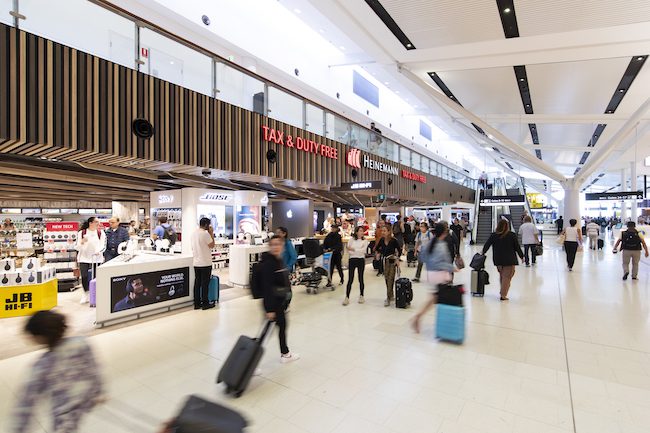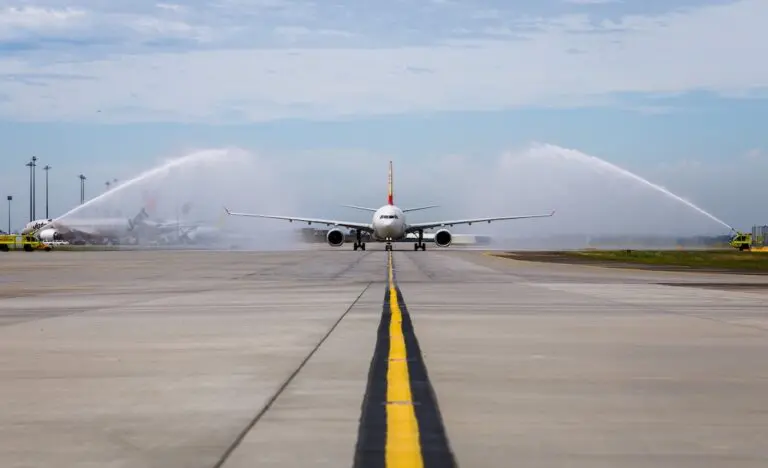Sydney Airport has reported a significant milestone in its return to full overseas passenger traffic post-pandemic, with international recovery levels in July overtaking domestic recovery levels for the first time since COVID restrictions eased.
In its latest traffic performance update, Sydney Airport reported that 3.38 million passengers passed through the hub in July 2023, which represented an 87.8 per cent recovery on July 2019 numbers.
While domestic passenger traffic was 87 per cent recovered (over July 2019) to 2.08 million passengers during the month, international traffic was 89.1 per cent recovered for a total of 1.3 million travellers.
The boost in international traffic was driven largely by the continuing comeback of travellers from China, who ranked as the number one overseas market for the first time since 2019.
Pre-pandemic, Chinese nationals consistently ranked highest through Australia’s busiest hub.
According to Sydney Airport, Chinese visitation in July 2023 represented a 76 per cent recovery on July 2019 levels, which was up from 69 per cent in June.
Earlier this month, China announced it had returned Australia’s Approved Destination Status (ADS) for the first time since borders re-opened, so expect Chinese visitor numbers to rise significantly still. Read more about how travel to China is faring across Australia here.
Elsewhere, the South Korean market is booming with 20 per cent more Korean passport holders travelling through SYD last month than in July 2019.
This has been aided by the rise in the number of airlines flying to Seoul ex-Sydney Airport, which pre-COVID numbered just two but now stands at five: Qantas, Jetstar, Korean Air, Asiana Airlines and T’way Air.
A ‘mixed’ result

While international traffic continues a strong overall comeback, Sydney Airport CEO Geoff Culbert said, “the underlying result on passenger traffic for July is mixed”.
“The headline result for international passengers is encouraging but it’s a two-speed recovery, with strong growth from China, Korea and India offset by lagging markets like the USA and New Zealand,” he explained.
“The lag is being driven by a lack of seat capacity rather than a lack of demand.
“Additionally, seats from the Middle East remain well below pre-COVID levels, down 27 per cent on July 2019.
“The trend with respect to domestic activity has continued, with passenger numbers stagnant over the past 15 months.
“We continue to see evidence of unused slots going to waste, with a persistent mismatch between slots held by domestic airlines and the schedule that is flown.”






